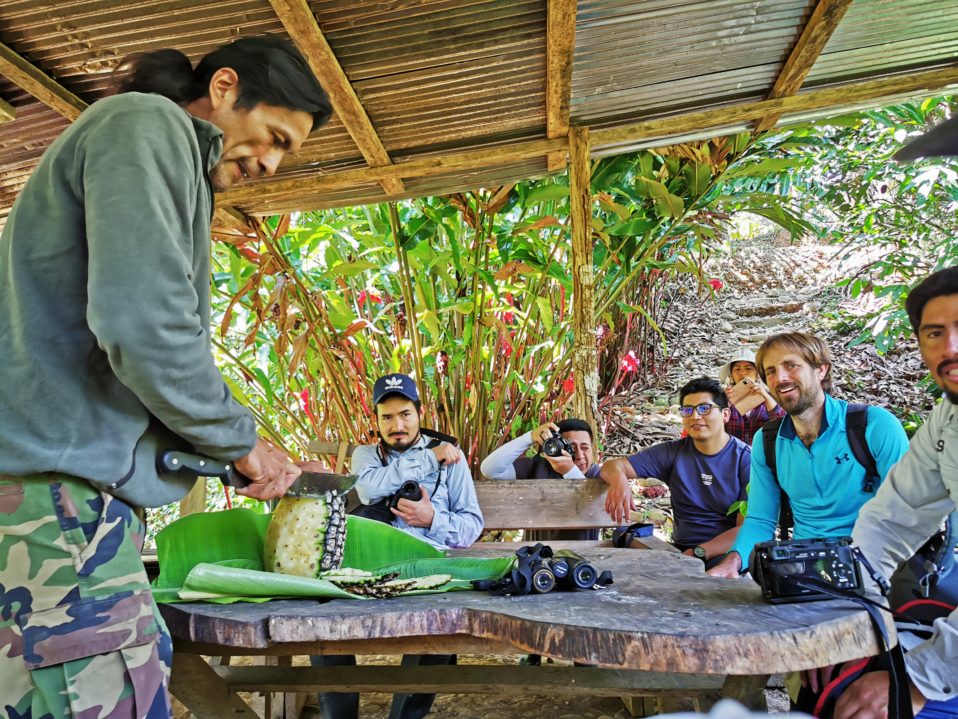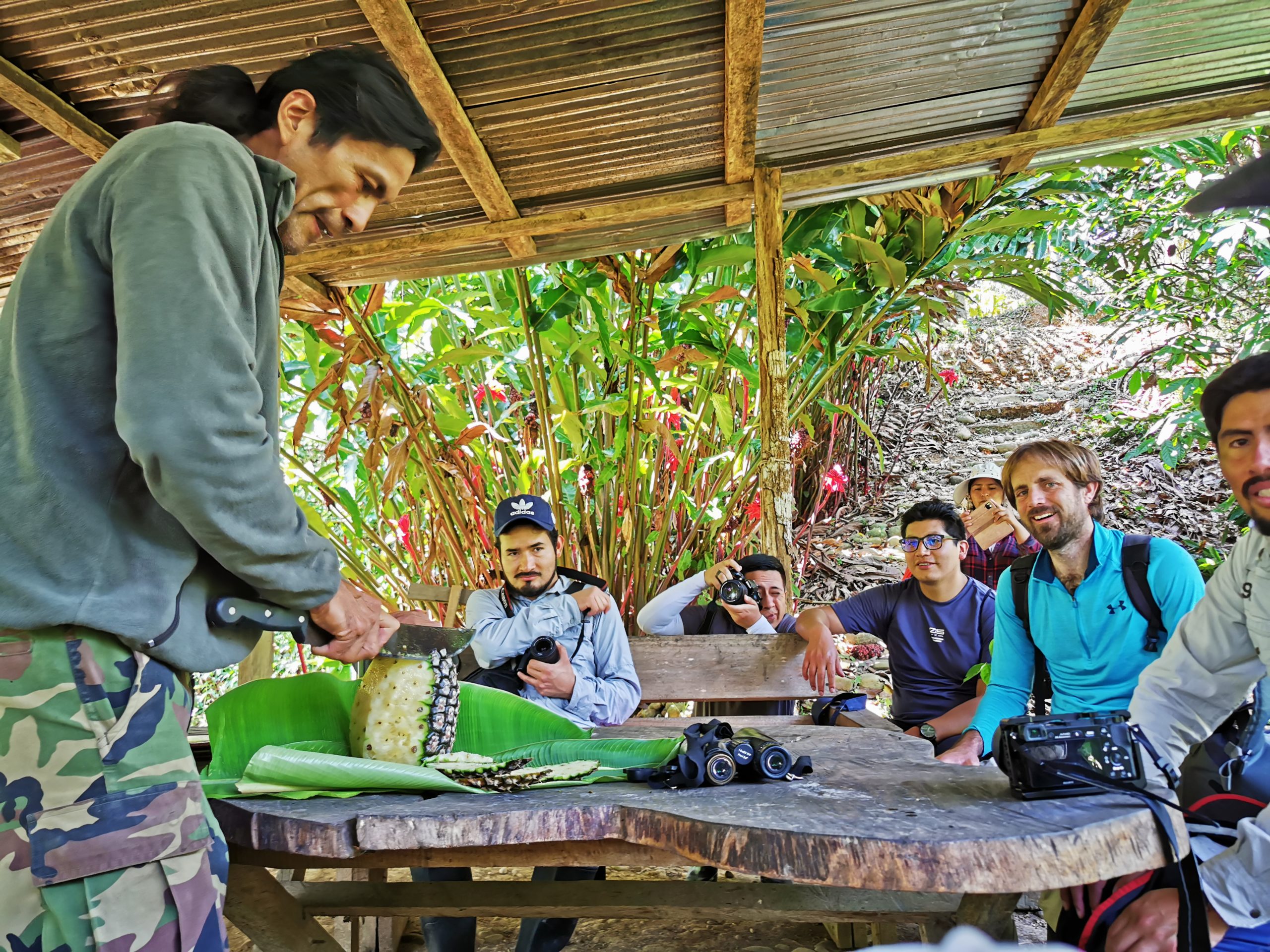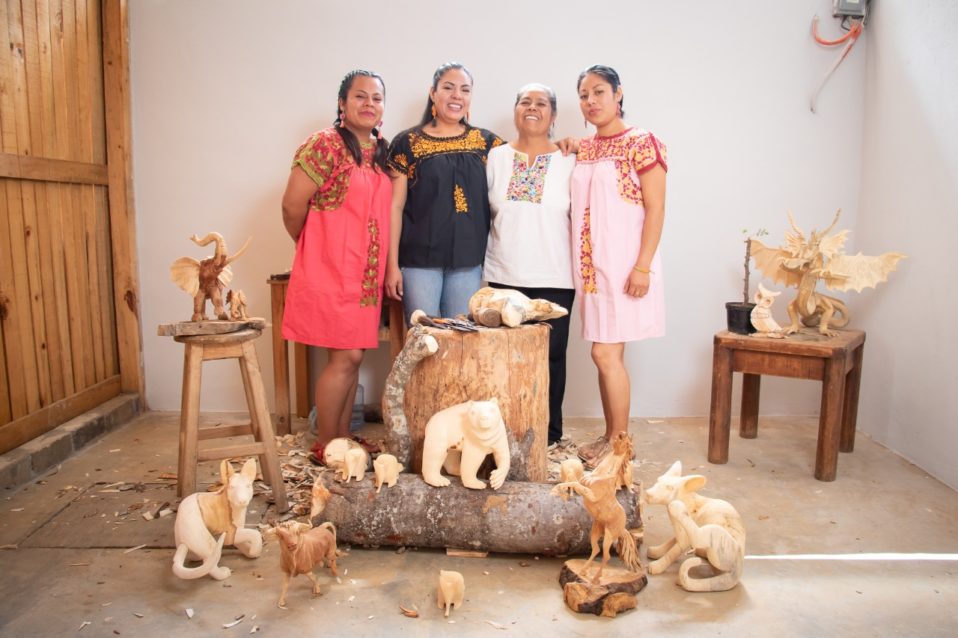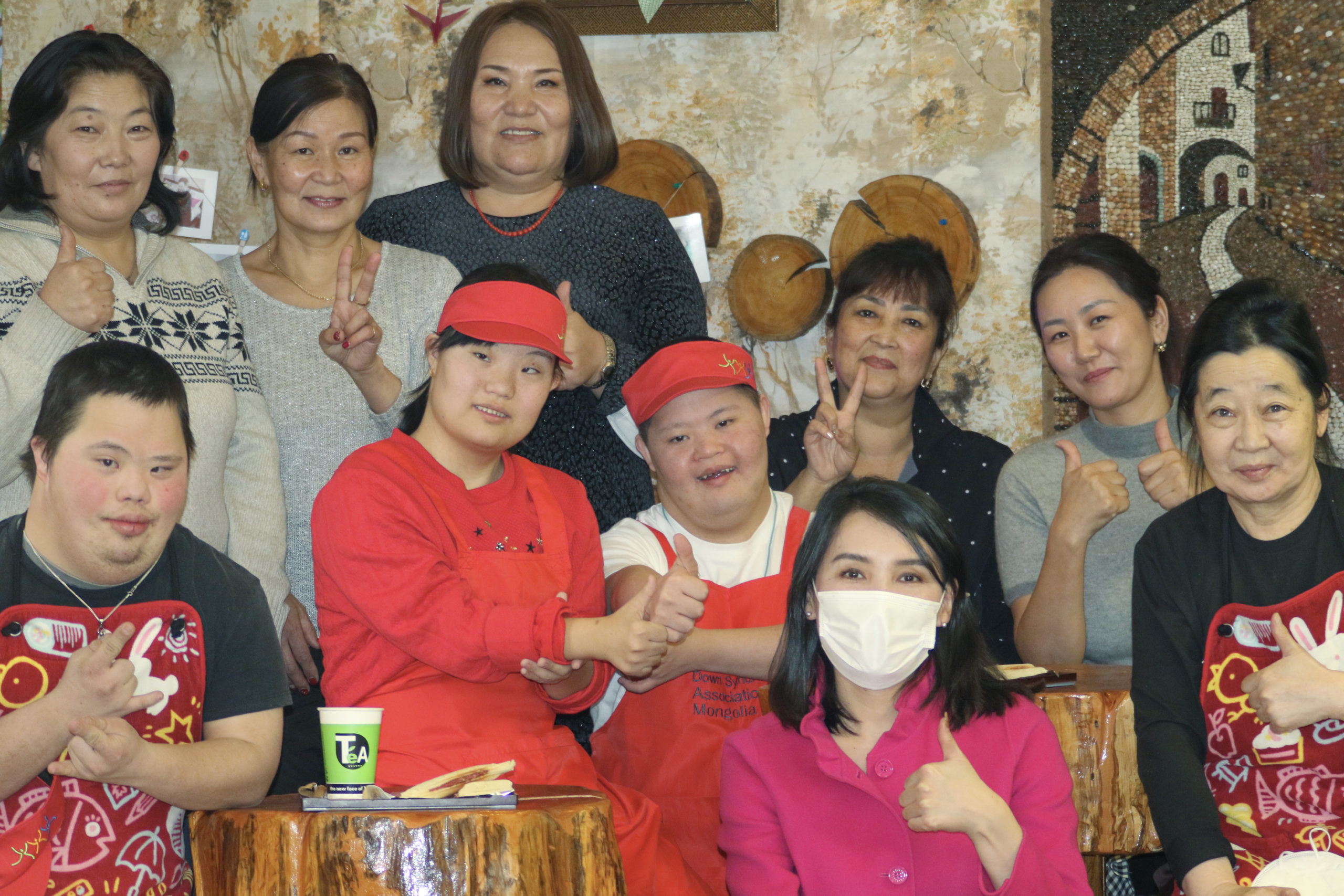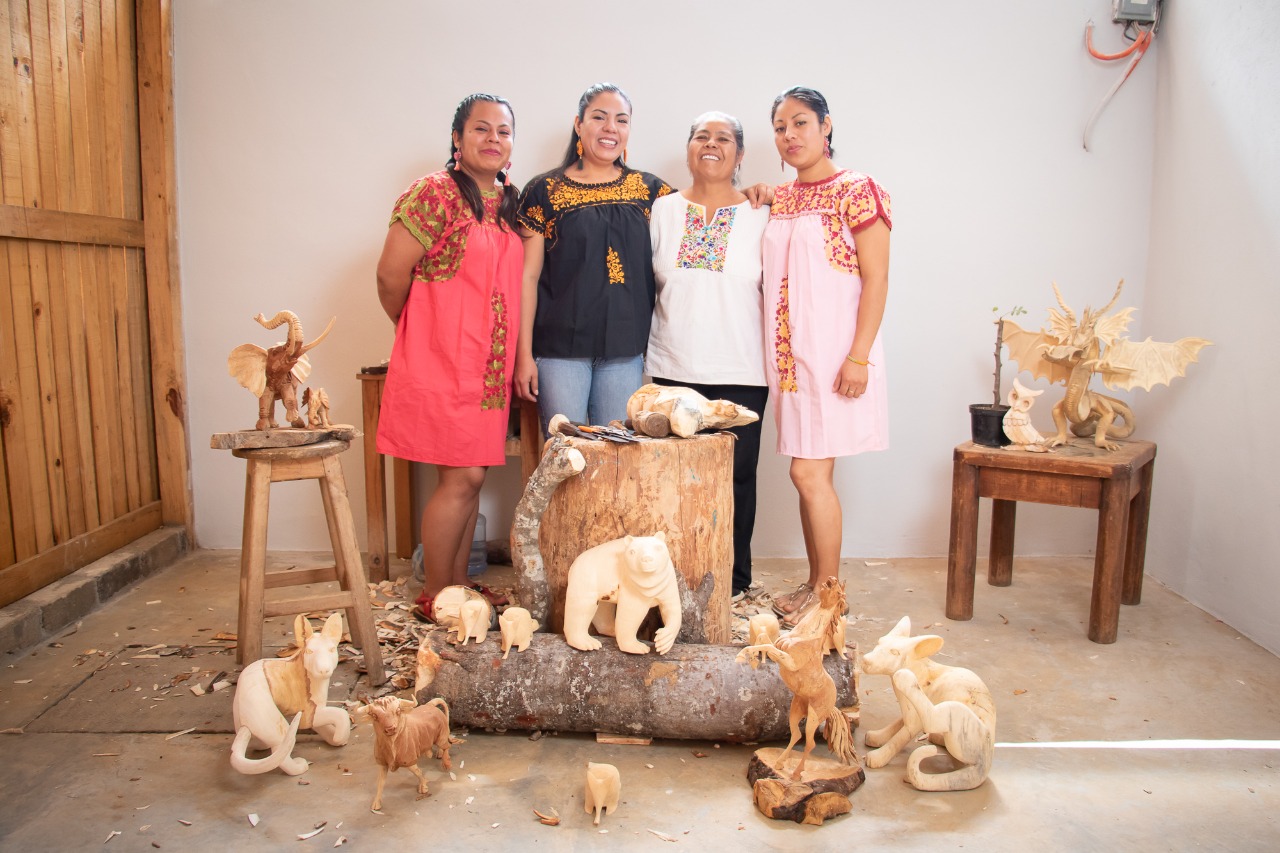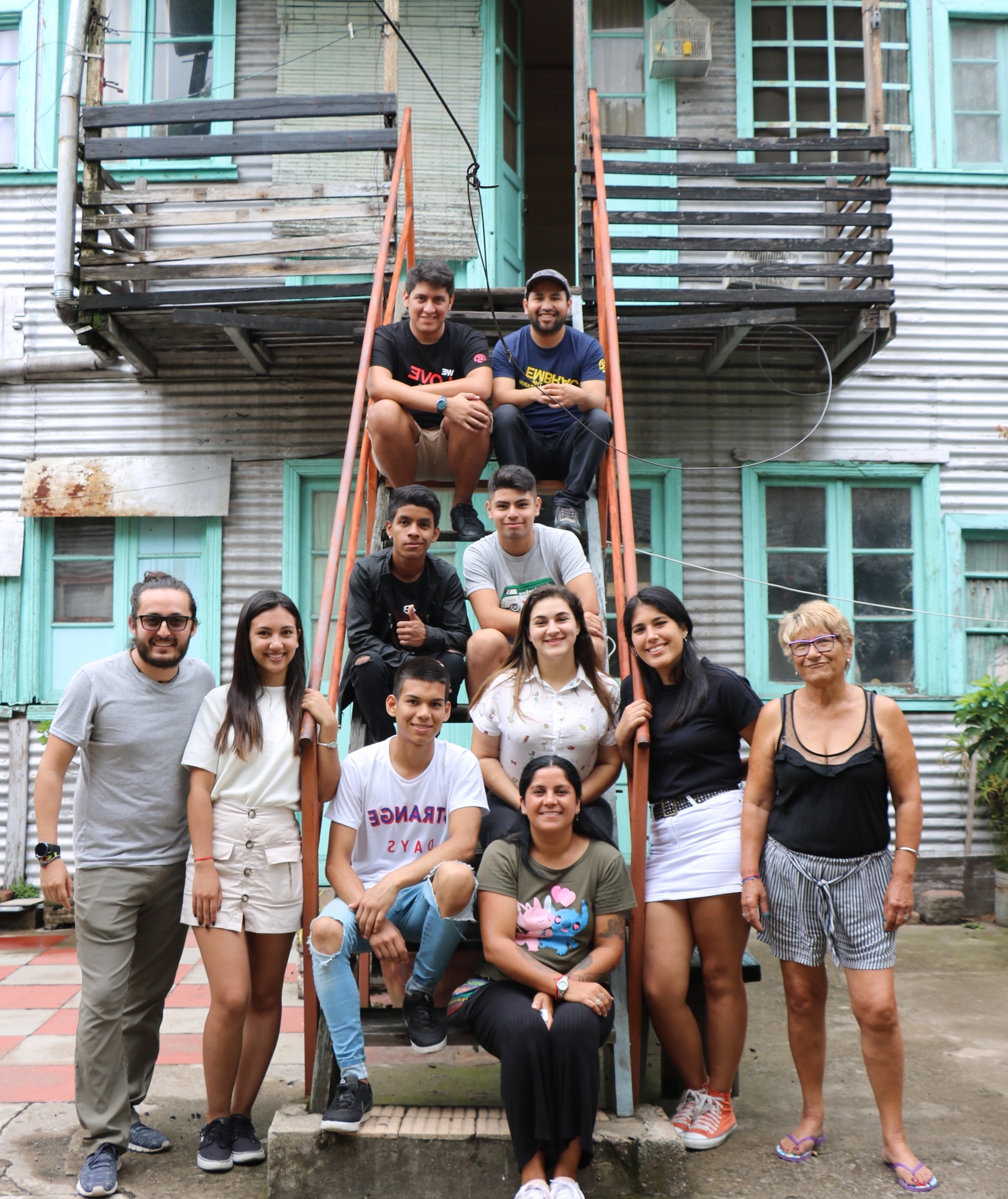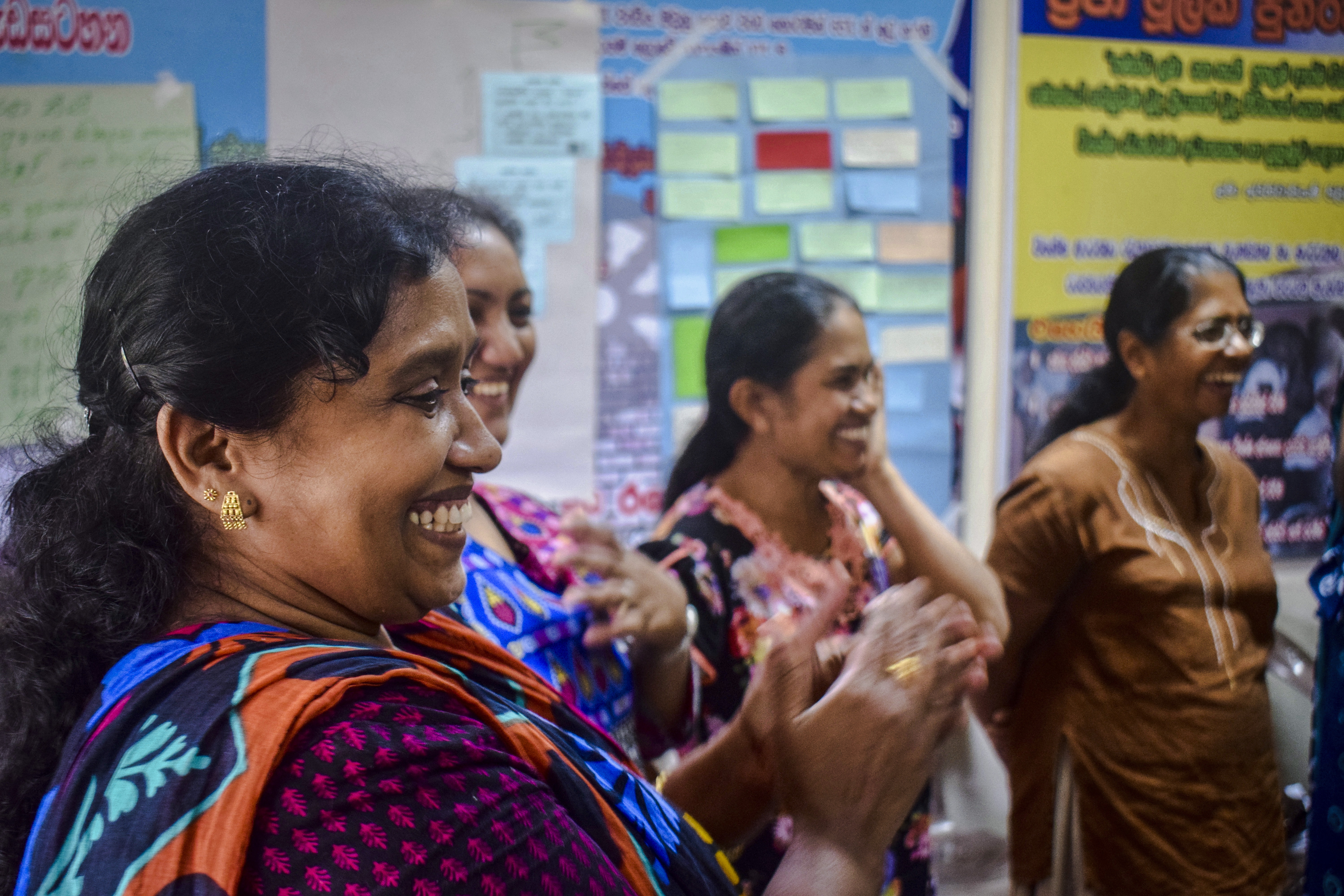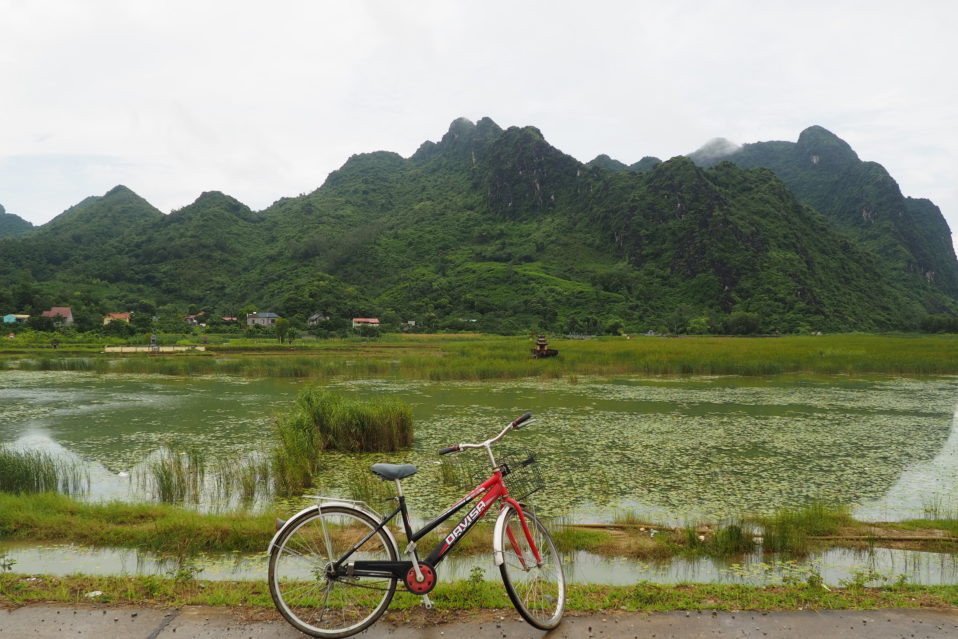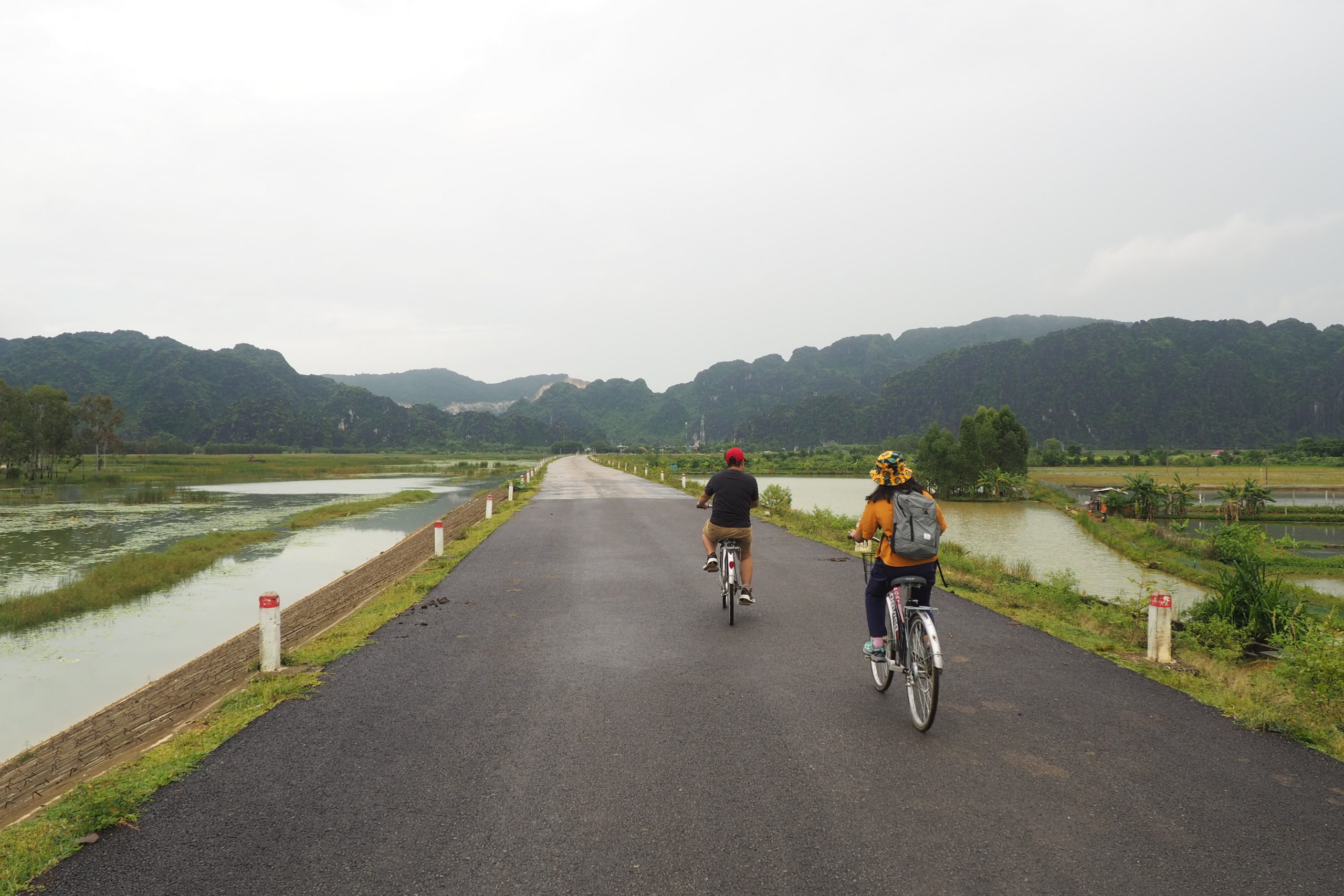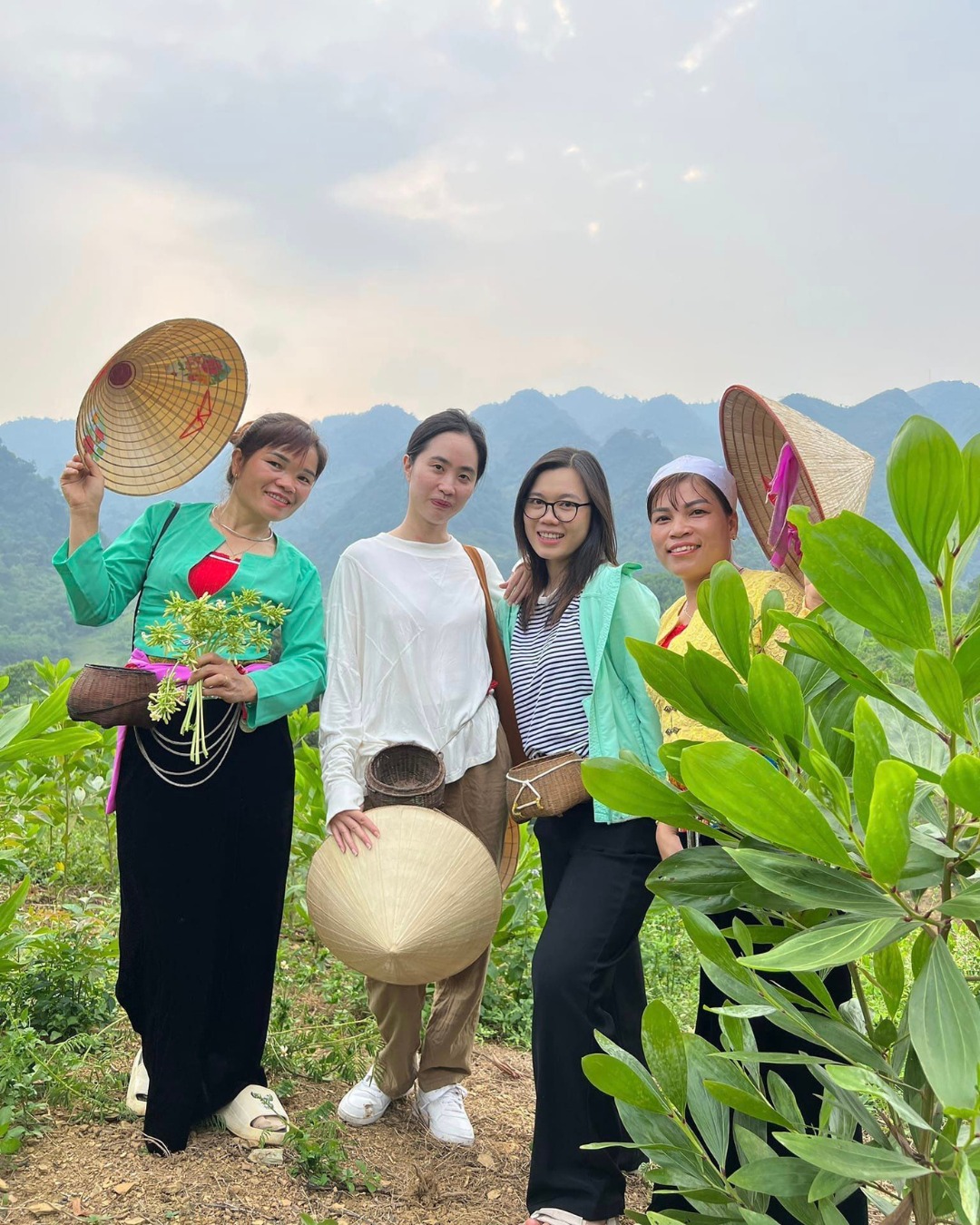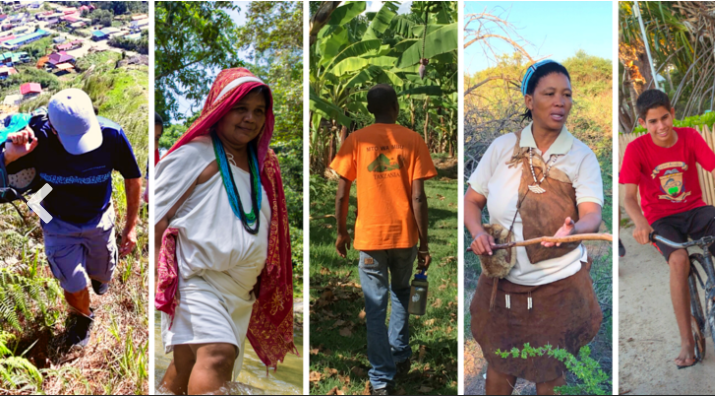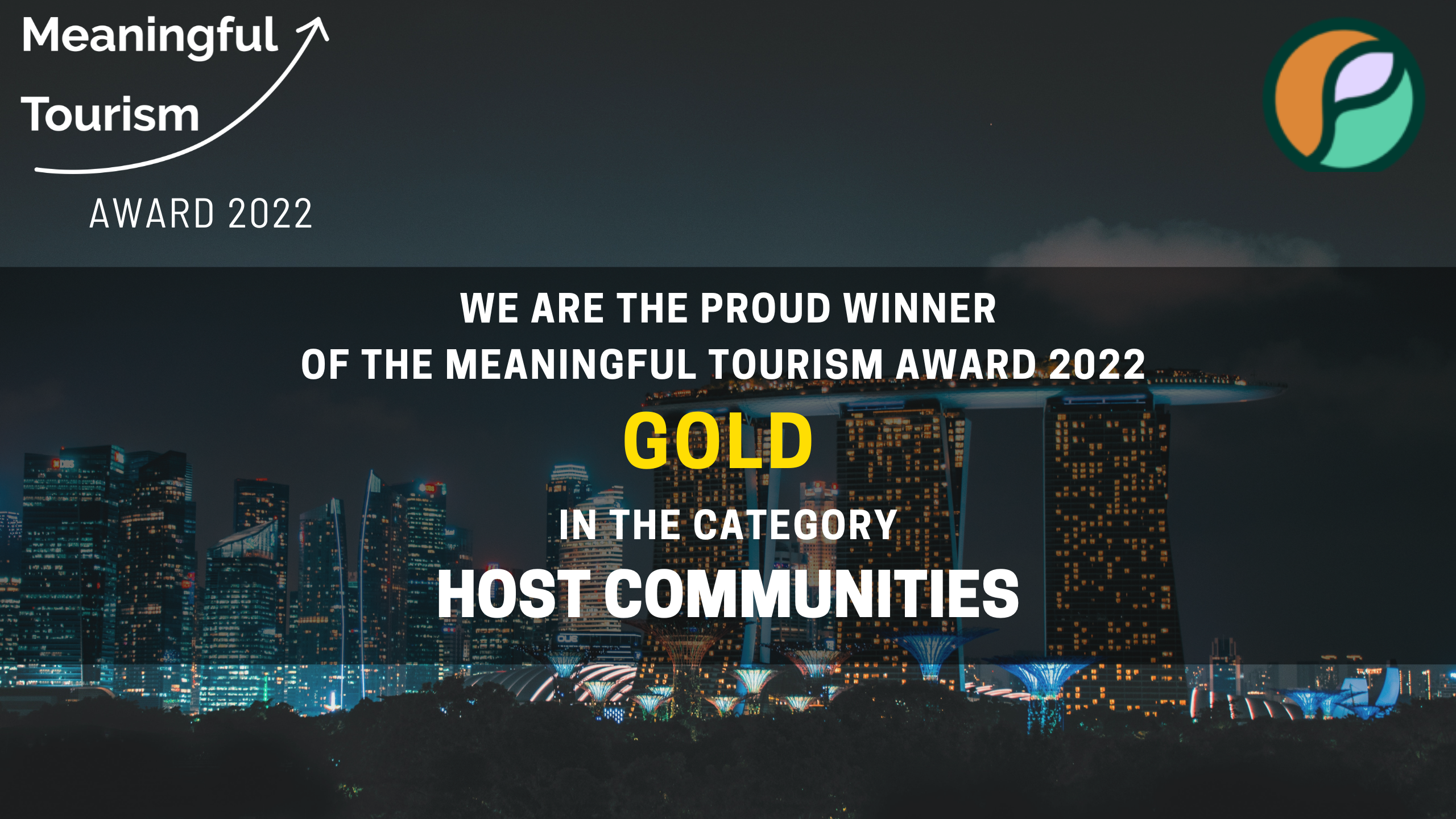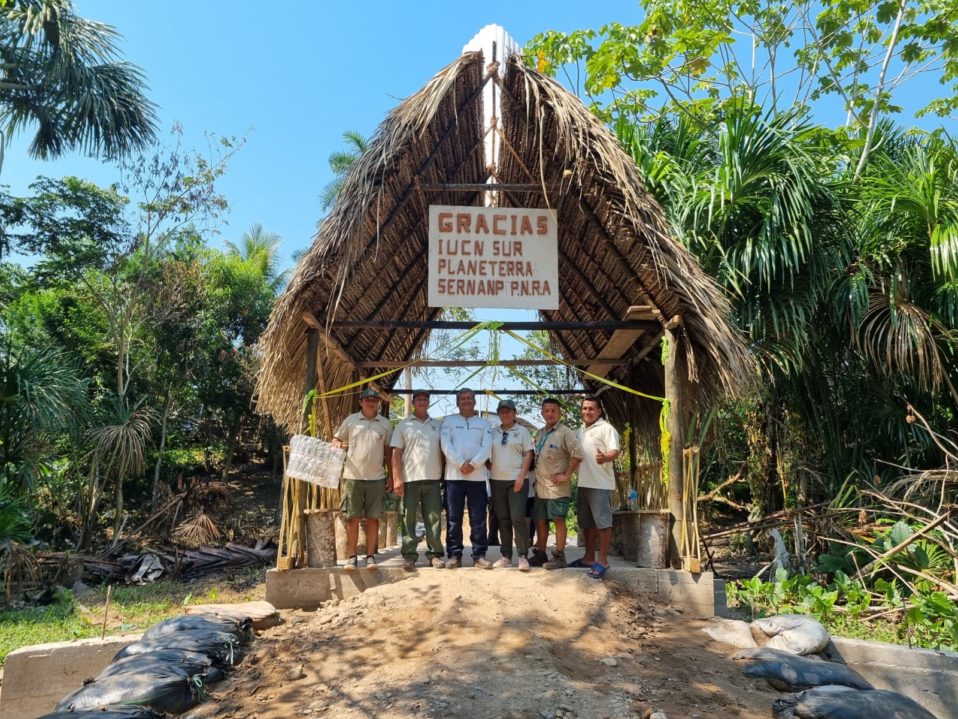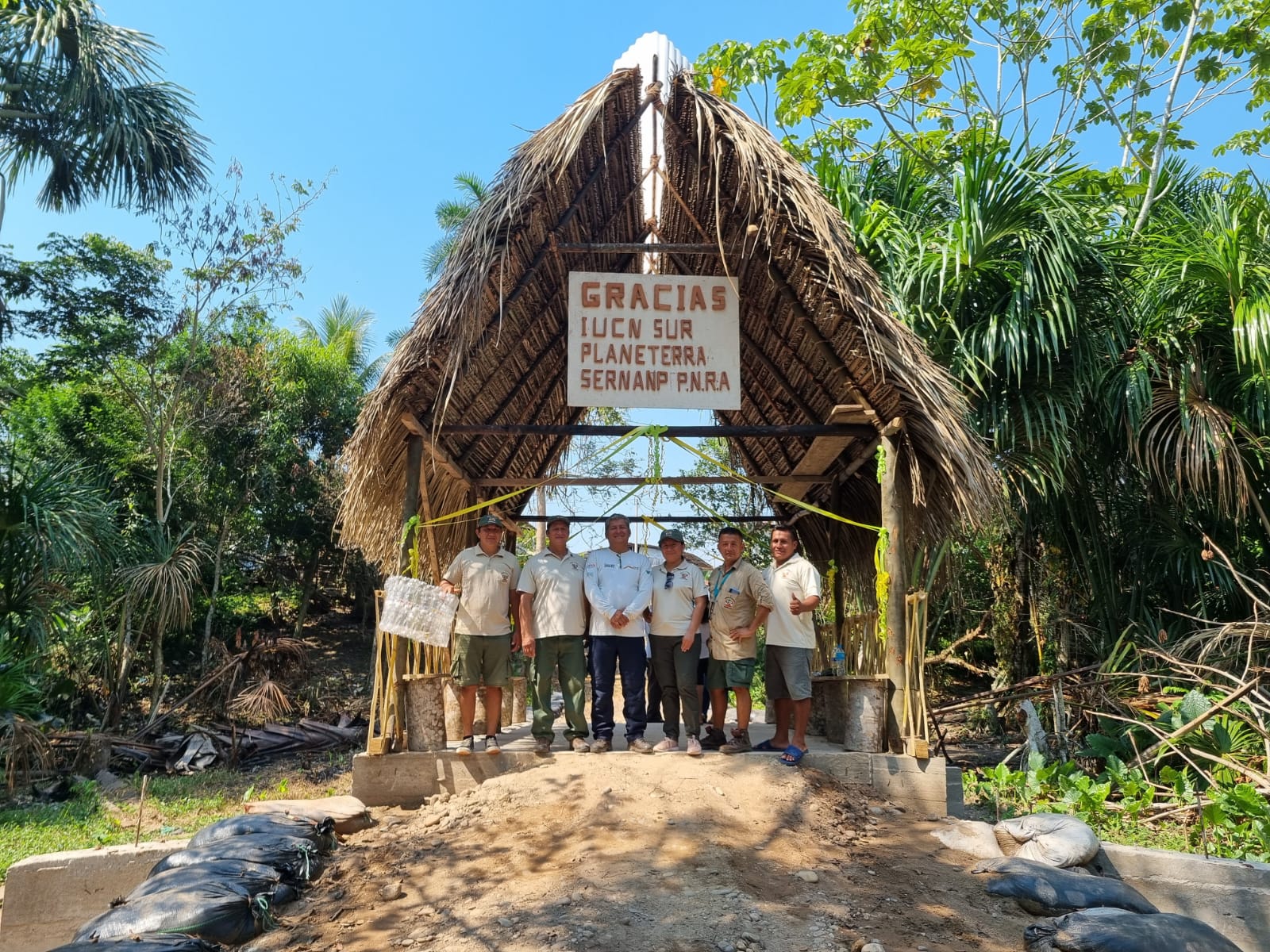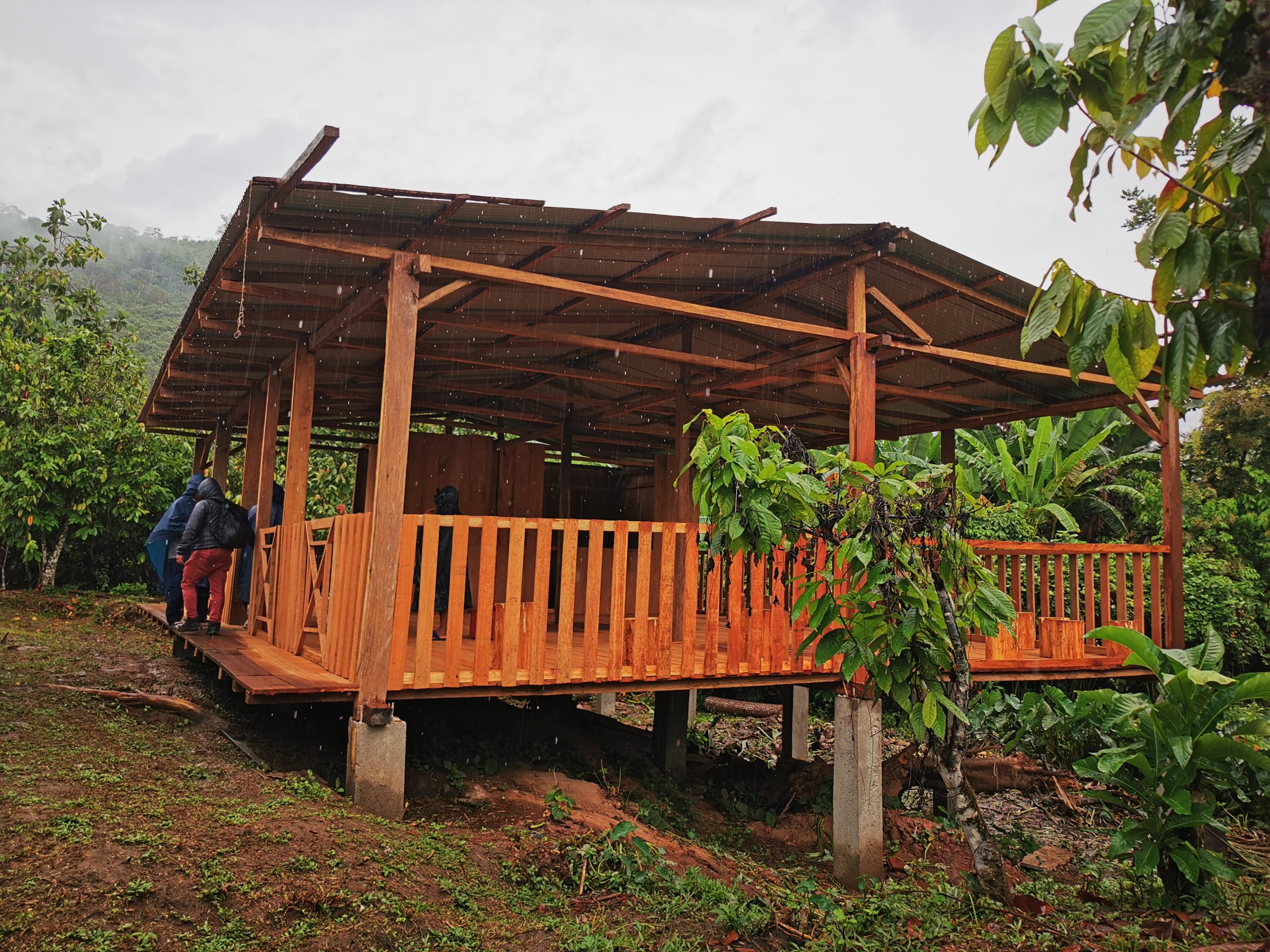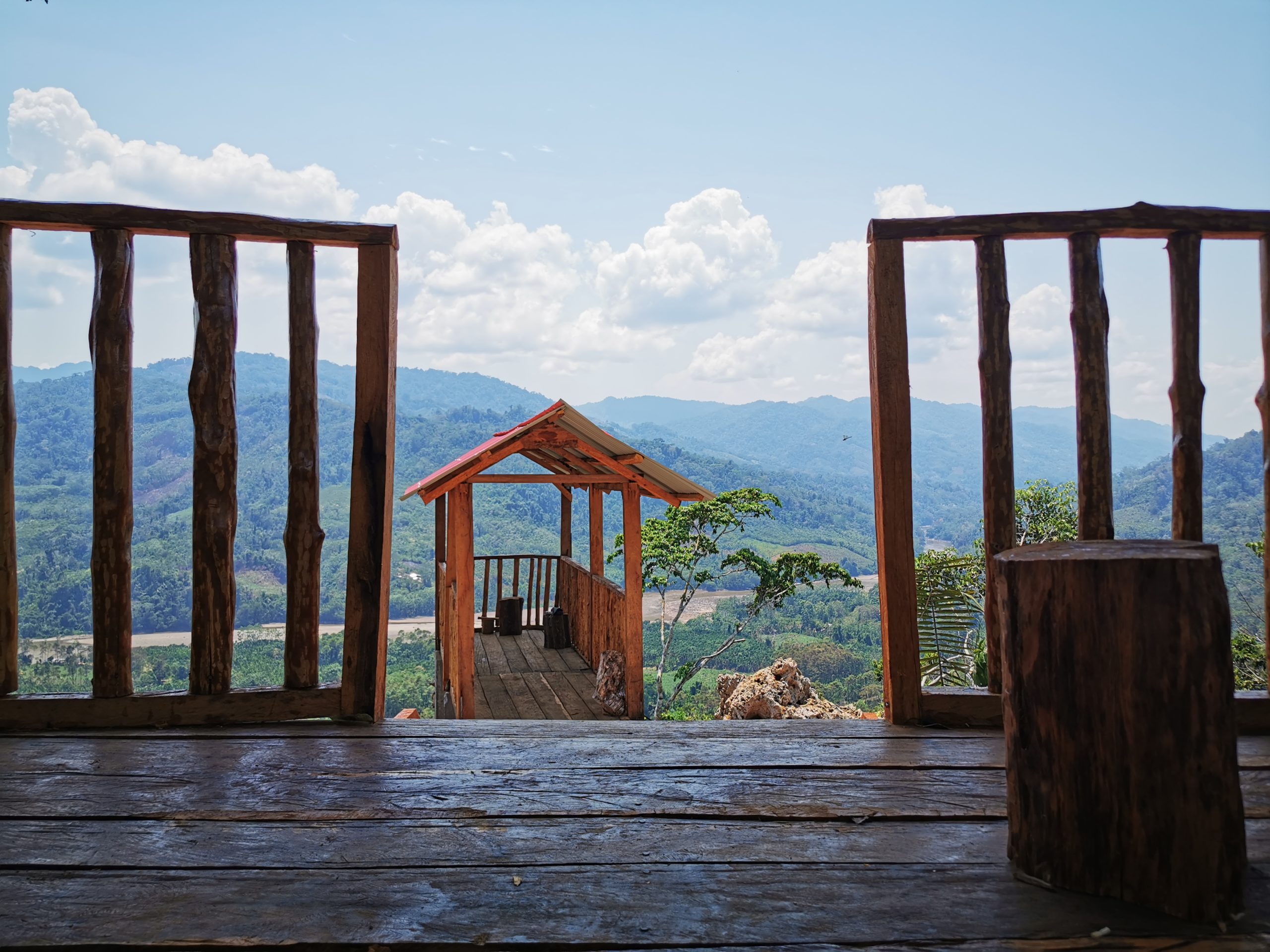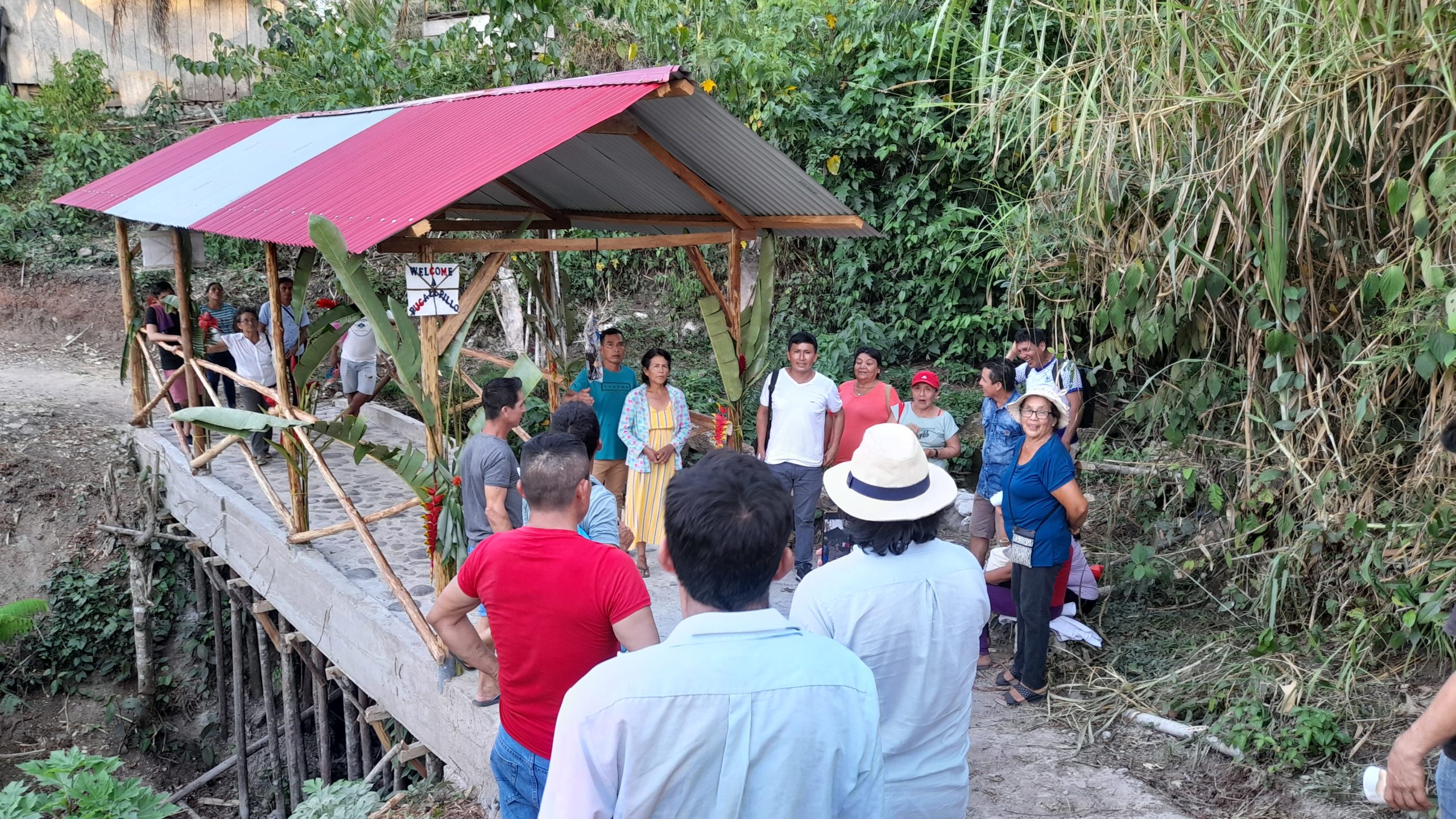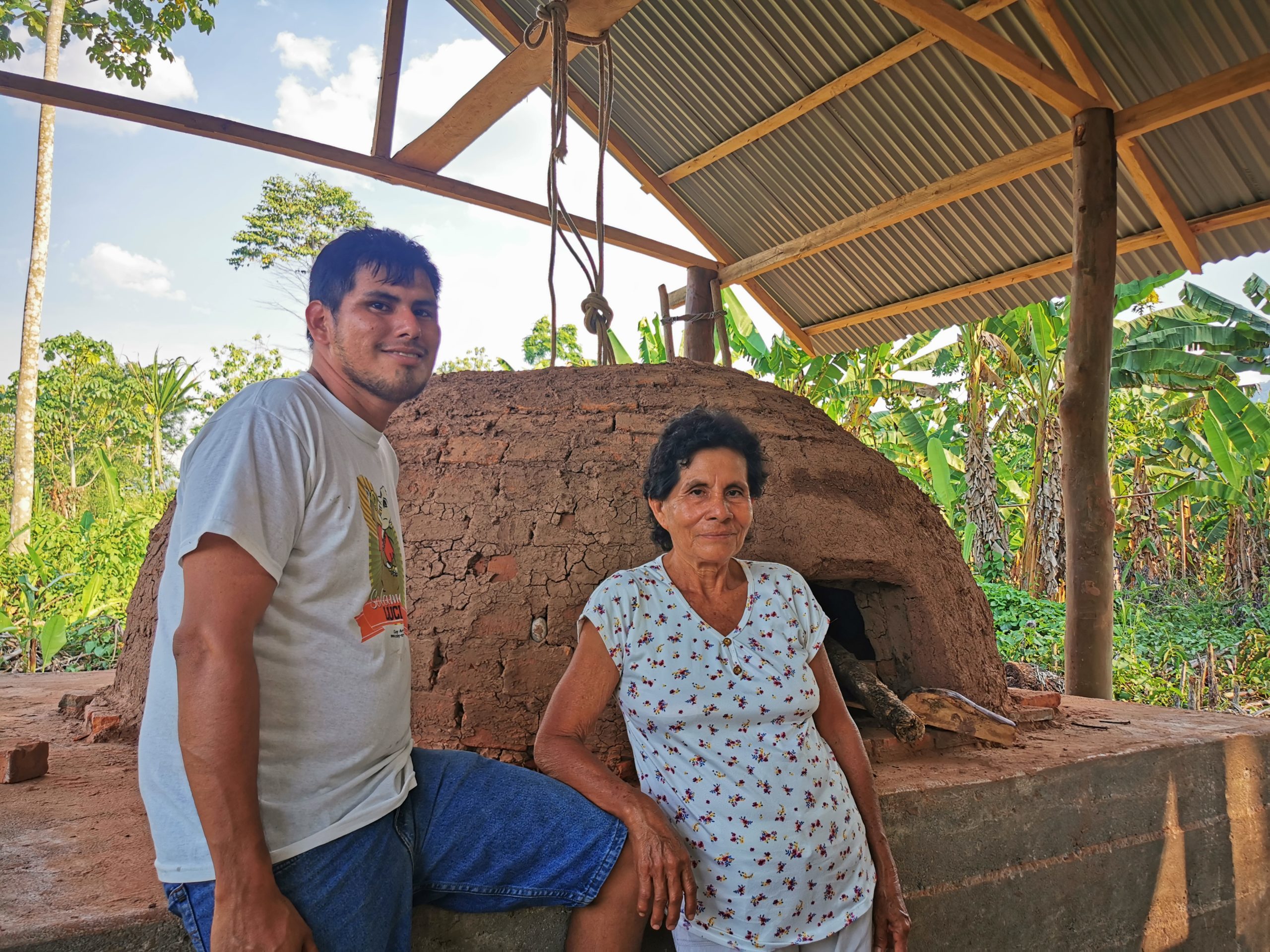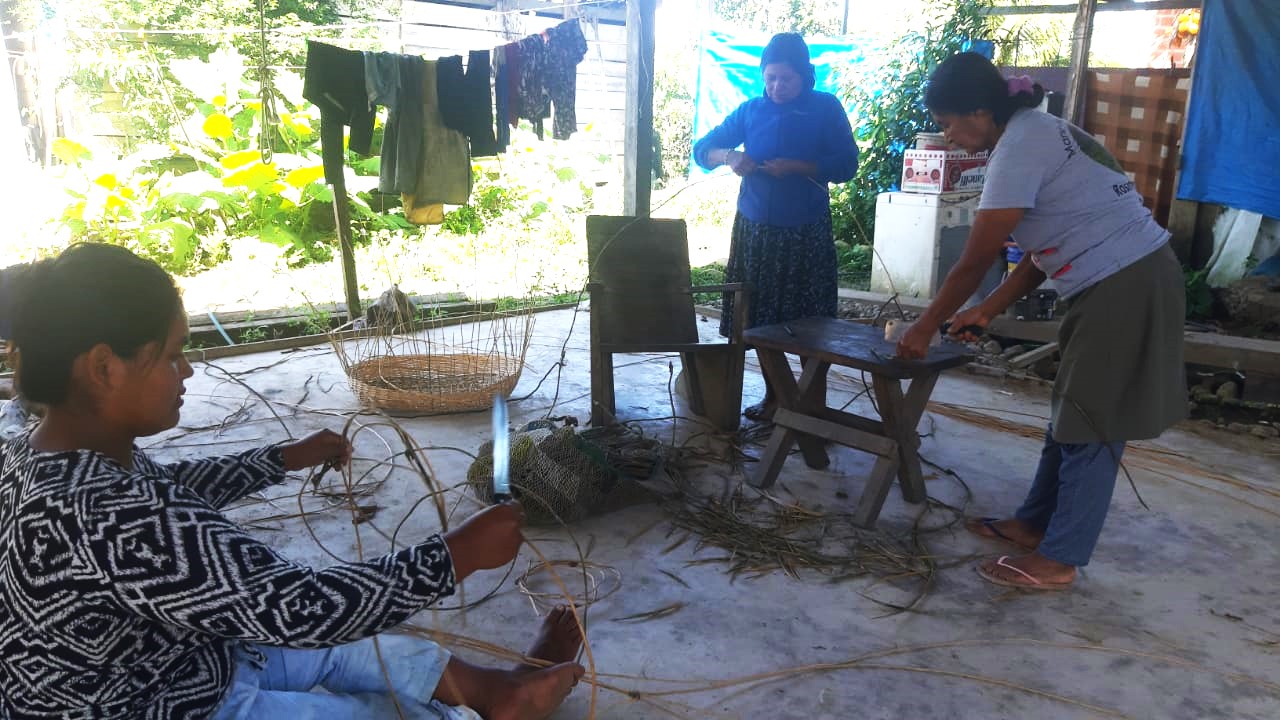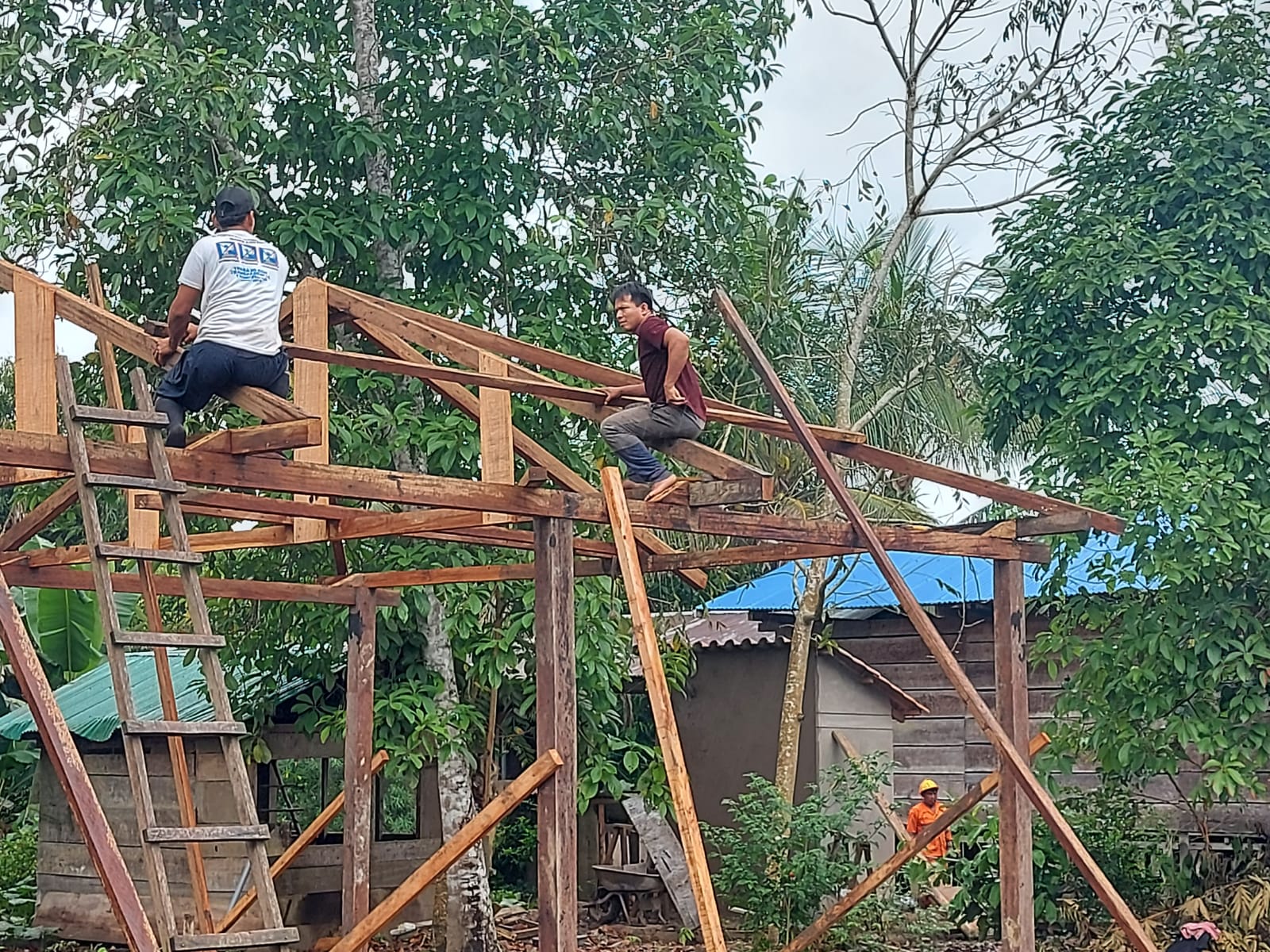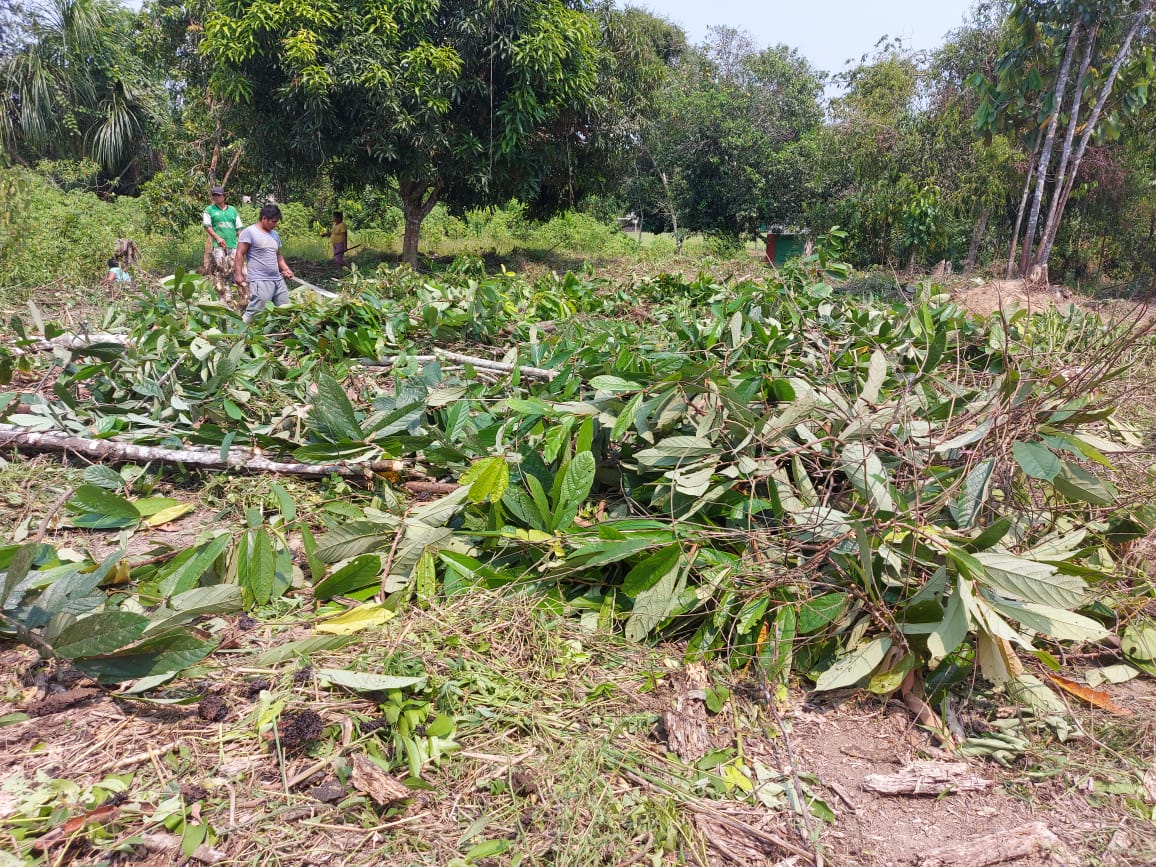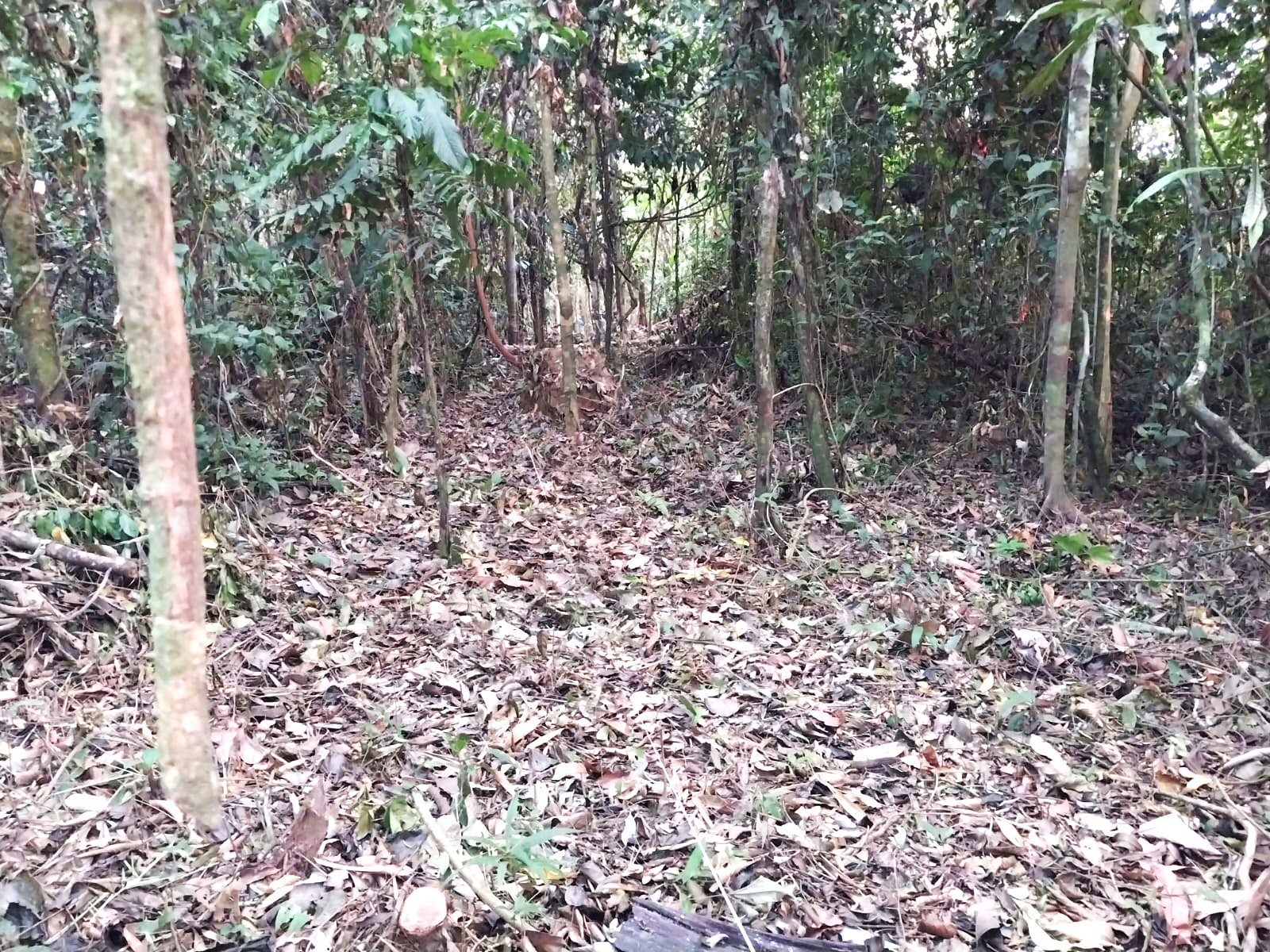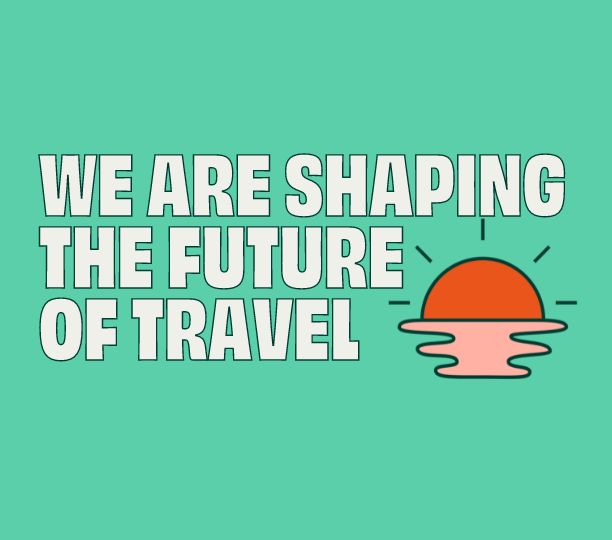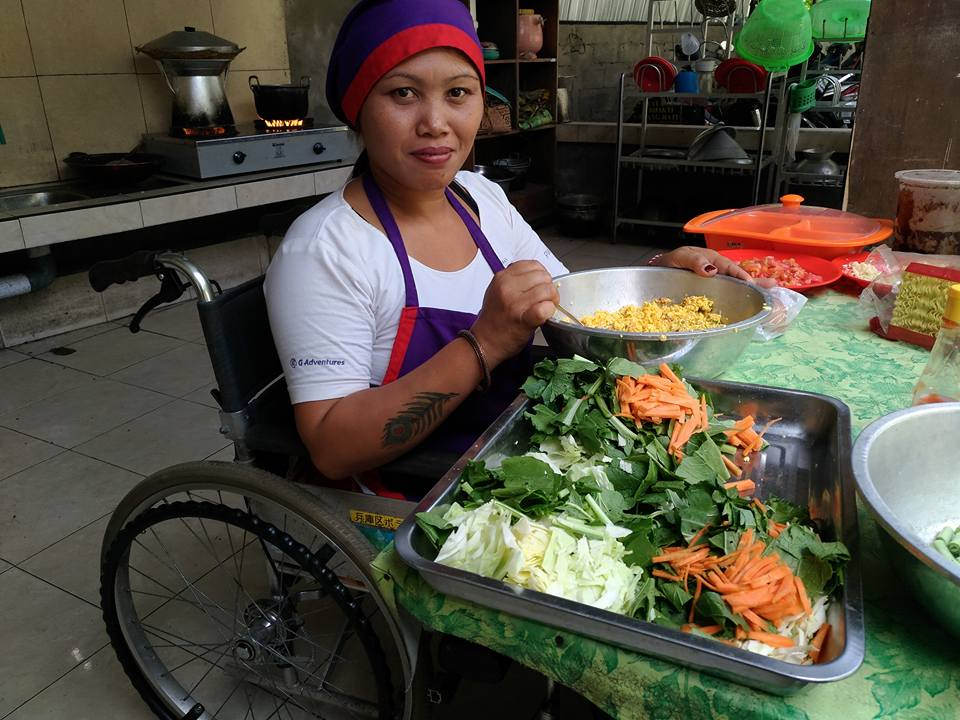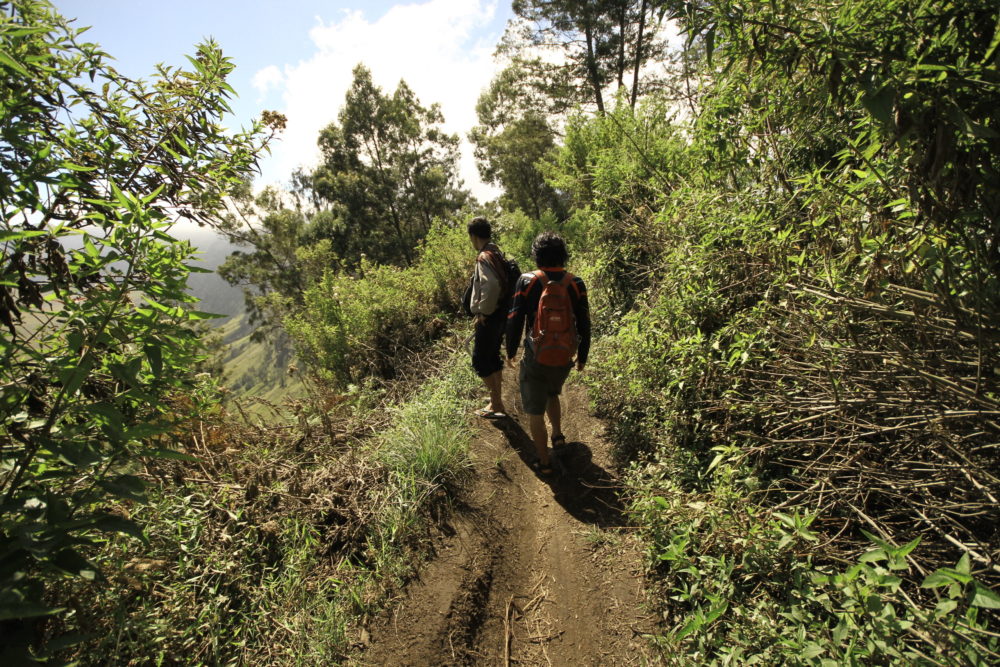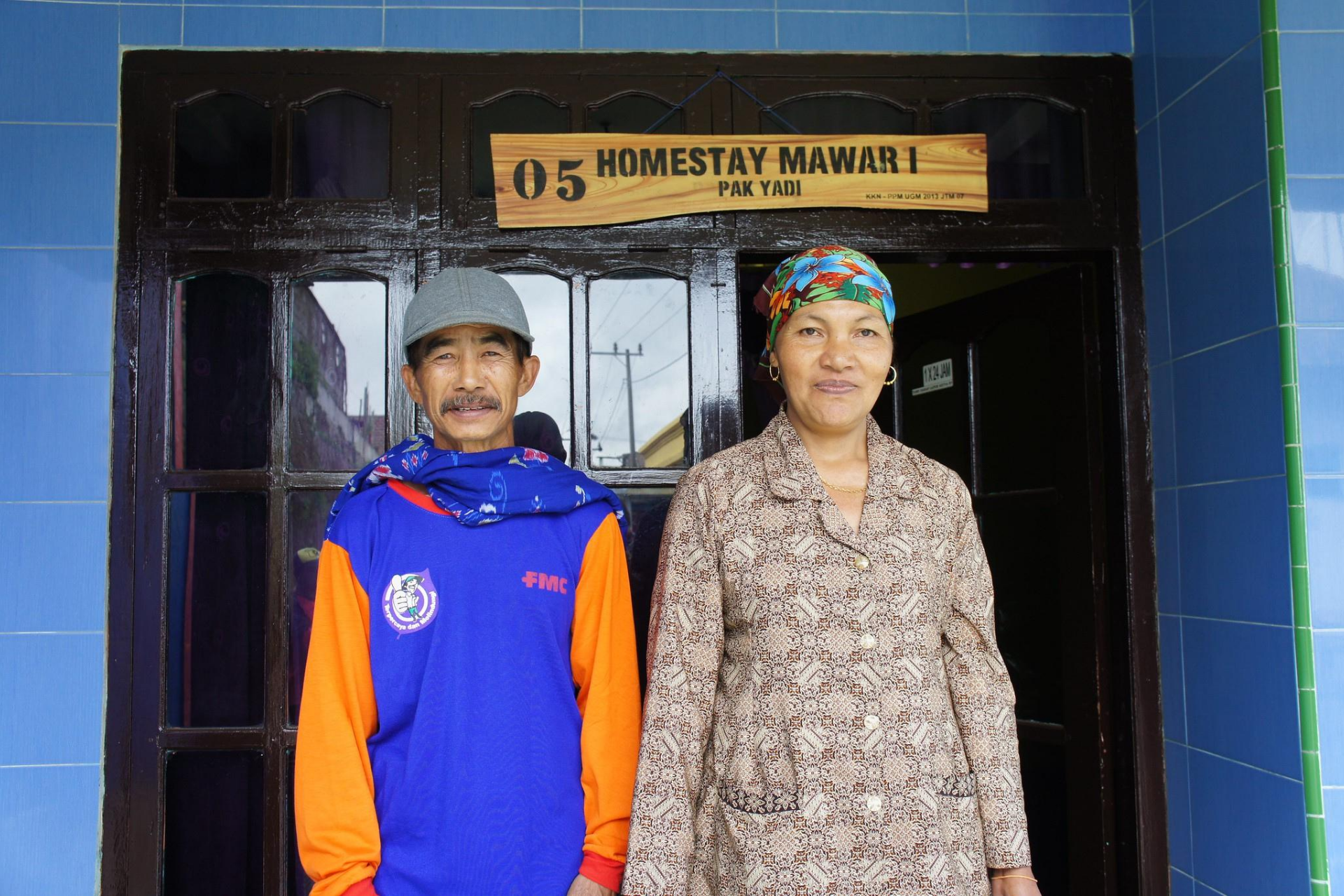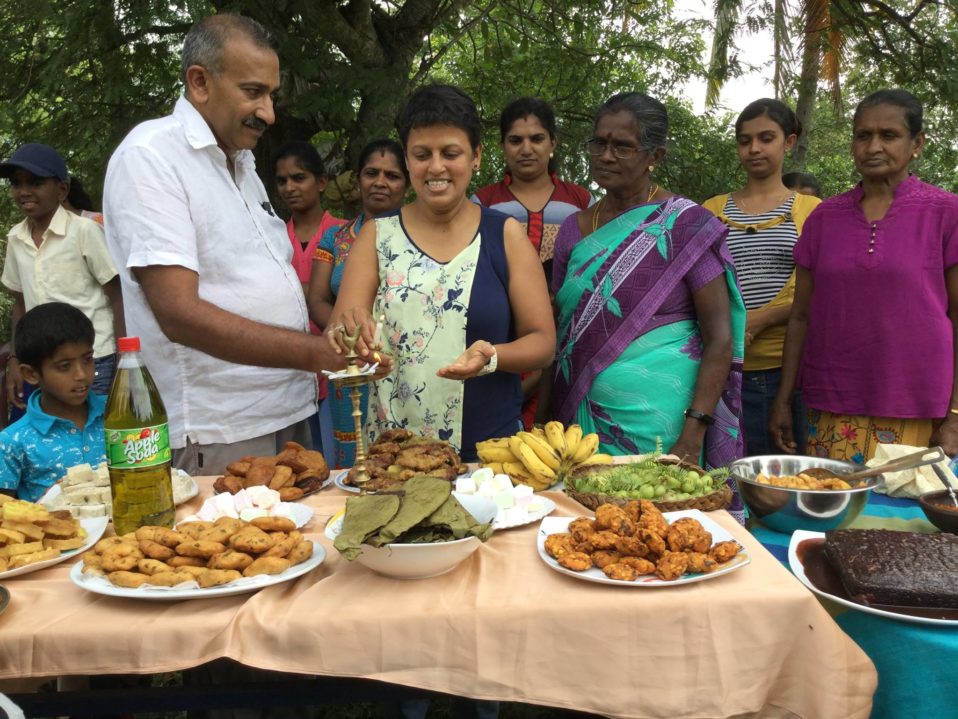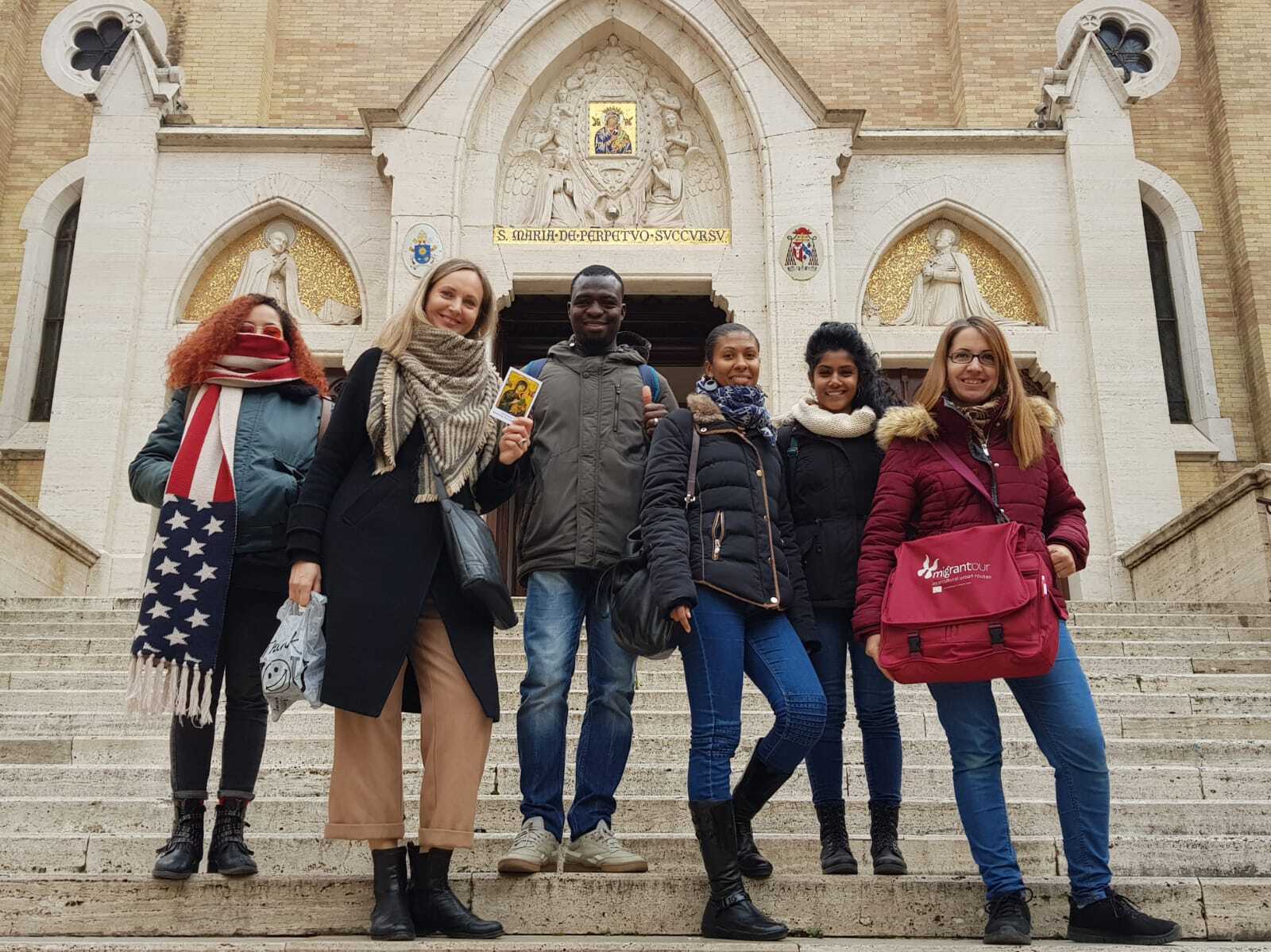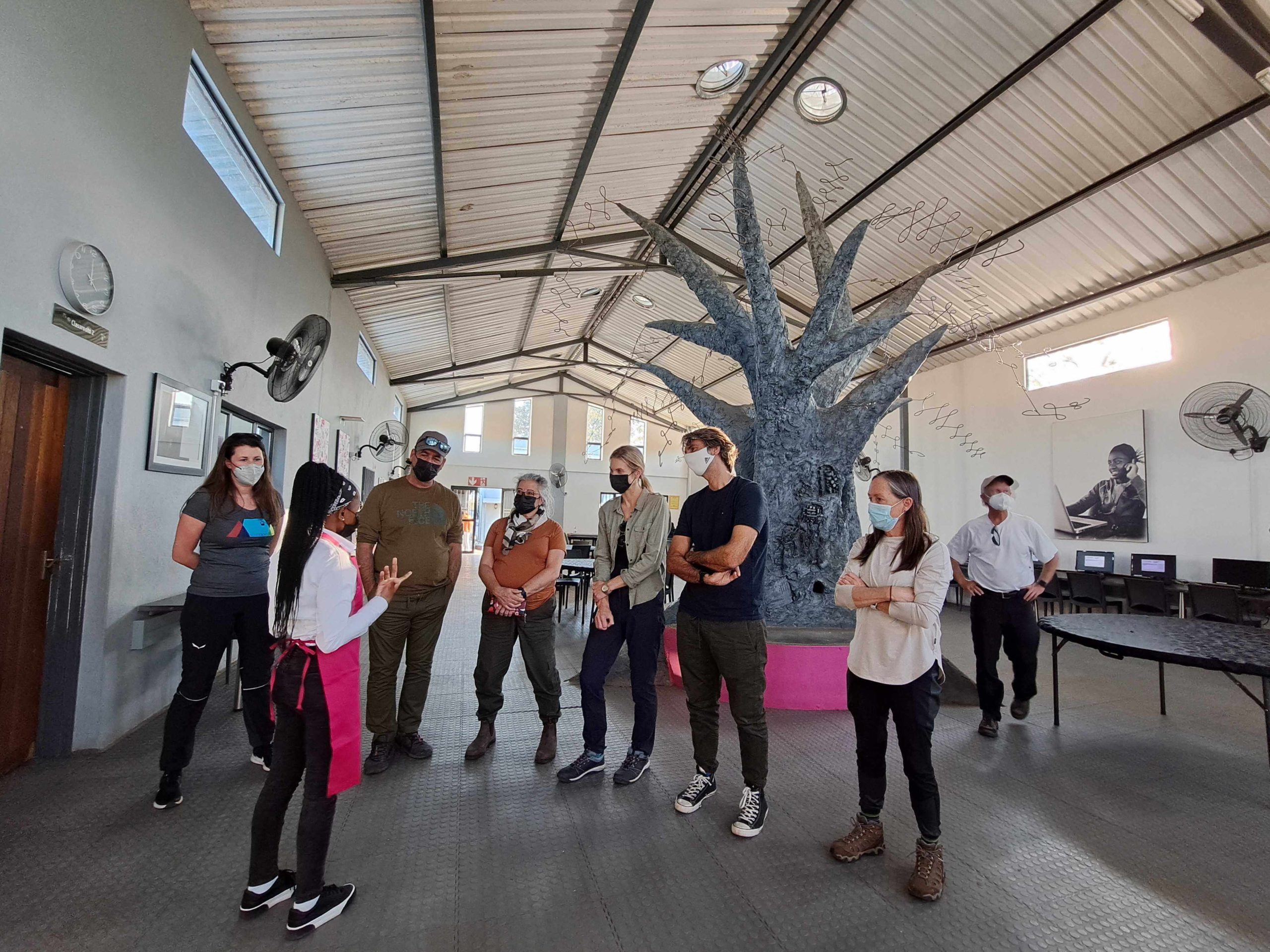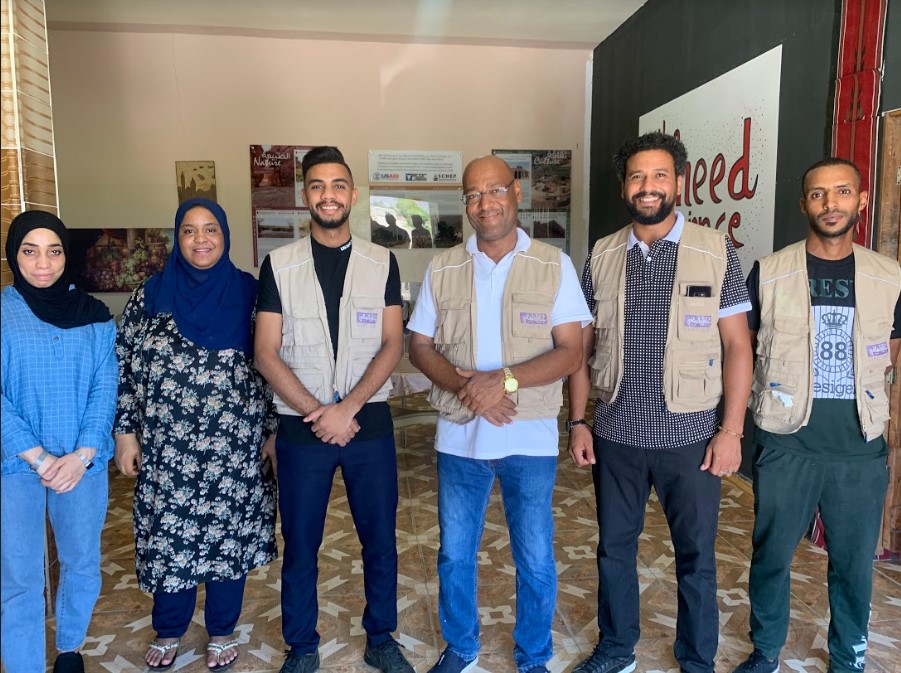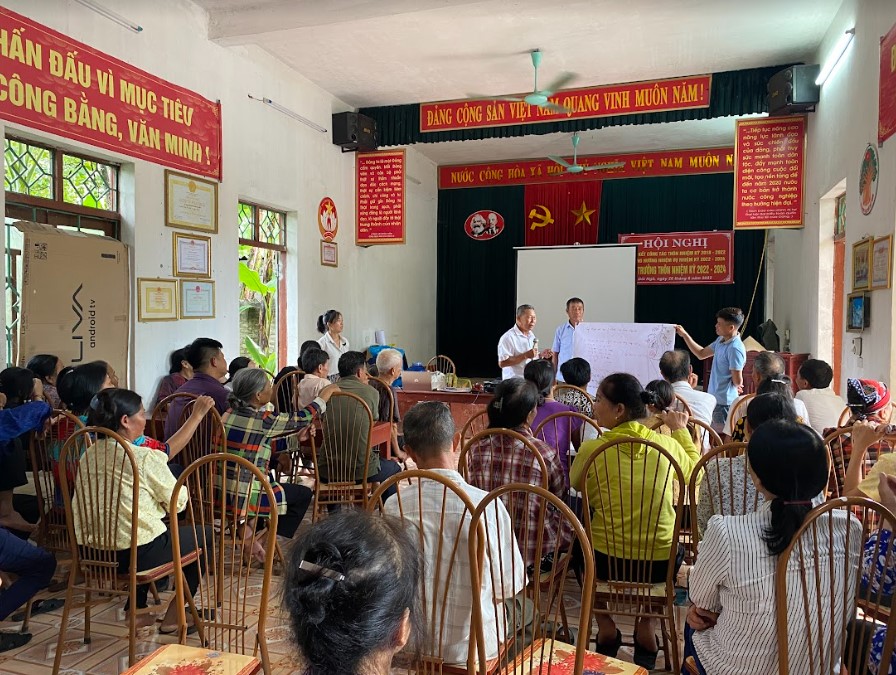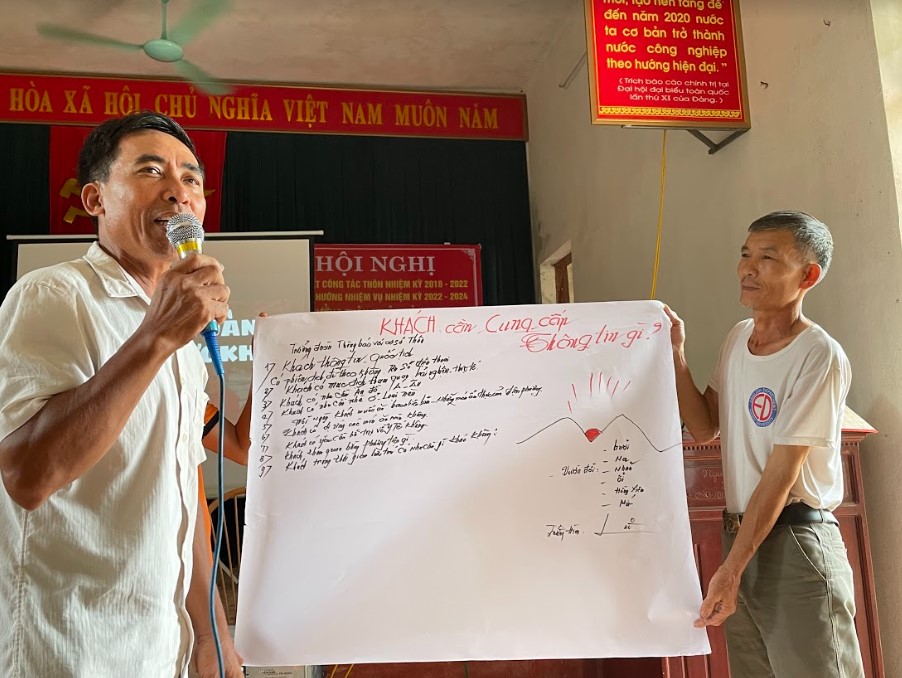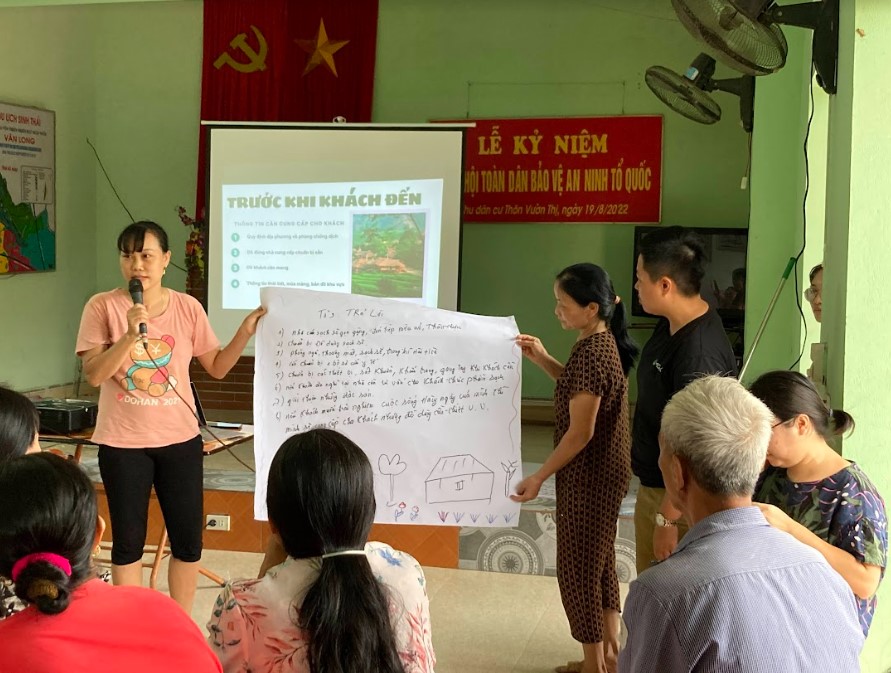IUCN and Planeterra have been working with communities in Río Abiseo National Park and the Amarakaeri Communal Reserve in Peru to develop community-based tourism enterprises and link them to the travel market.
One of the best ways to do this is through familiarization trips, also known as FAM trips, where tour operators can get to know the communities first-hand. Therefore, organizing a FAM trip was one of the main initiatives of the project.
Last October, representatives from several Peruvian tour operators gathered in the Río Abiseo National Park and the Amarakaeri Communal Reserve to discover all the wonderful experiences the communities have to offer.
FAM Trip in the Amarakaeri Communal Reserve
From the 16th to 22nd of October, six representatives from various Peruvian tour operators, two Amarakaeri management representatives and the IUCN media team gathered in the Amarakaeri Communal Reserve to discover all the wonderful experiences the communities of Queros Shintuya, Boca Ishiriwe and Puerto Azul Mberowe have to offer.
During the FAM trip, participants had the opportunity to interact with the communities, learn about their culture and natural environment, taste their traditional dishes and experience new tourism proposals. The main activities included:
- Visiting the Hinkiori petroglyphs and getting to know the local handicrafts in Queros.
- Conservation and handicraft experience by the “Oteri” initiative, culinary tasting by the “Wandar Wachinokeri” initiative and visiting the hot springs in Shintuya.
- Visiting the macaw clay lick in Puerto Azul Mberowe.
- Visiting a mammal clay lick in Boca Ishiriwe.
The FAM trip was a great learning experience for the communities, especially for two of them as it was their first time hosting tour operators. The feedback from the participants will be of great value in improving existing tourism offerings or creating new experiences.
FAM Trip in the Río Abiseo National Park
From the 27th to 29th of October, four local and regional Peruvian tour operators, four destination managers from the public and private sectors and the IUCN media team visited the communities of Dos de Mayo, Pucallpillo, Santa Rosa, Pizarro and San Juan del Abiseo in the Río Abiseo National Park.
During the FAM trip, participants had the opportunity to interact with the communities, learn about their culture and natural environment, taste their traditional dishes and experience new tourism proposals. The main activities included:
- The Chocoplatano gastronomic experience.
- Nature and cultural experiences through the cocoa fields in Pulcapillo.
- Touring the Meliponas circuit in Pizarro.
- Tasting of bark and root-based beverages in San Juan del Abiseo.
Although this was the first time the communities had hosted tour operators, they did an excellent job. They’d prepared special receptions, speeches and dances, and had excellent time management skills.
The communities were motivated to take the lead and start ‘now’, especially after the construction work was done through the cash-for-work mechanism.
The FAM trip participants provided input, helped them with the formalities of working and shared the next steps. This feedback inspired communities and other stakeholders to compromise and continue working to promote the destination and the great tourism experiences it has to offer.


